SARMs, which work by targeting specific androgen receptors, are often viewed as an alternative to anabolic steroids, supporting muscle growth with the potential for fewer side effects. Still, their status remains complex—particularly in the U.S., where they are not FDA-approved and are legally sold only for research purposes. For those searching for the best SARMs online, it’s crucial to prioritize reputable suppliers that provide third-party lab testing and transparent product details to ensure authenticity and safety. Considering both the legal framework and potential health risks is essential for making informed decisions. A deeper exploration into sourcing, verification, and safe use practices can further clarify what to expect when navigating the SARMs market.
Key Takeaways
- Verify supplier credibility by reviewing customer feedback and third-party testing results to ensure product authenticity.
- Understand that SARMs are not FDA-approved and buying them for personal use may involve legal risks.
- Start with the lowest effective dose and monitor for potential side effects to ensure safe usage.
- Ensure suppliers follow Good Manufacturing Practices and provide transparency about their sourcing and manufacturing processes.
- Consider the risks of contamination and inaccurate labeling due to the unregulated nature of the SARMs market.
Understanding SARMs and Their Benefits
Although often misunderstood, Selective Androgen Receptor Modulators (SARMs) have gained attention in the fitness and medical communities for their potential benefits. SARMs are a class of therapeutic compounds designed to selectively target androgen receptors, potentially leading to muscle growth and improved physical performance. There are various SARM types, including Ostarine, Ligandrol, and Andarine, each with distinct properties influencing muscle mass and strength. Unlike anabolic steroids, SARMs aim to minimize unwanted side effects by focusing on specific tissues. Dosing guidelines for SARMs are essential, as improper usage can affect efficacy and safety. Typically, dosages vary based on the specific SARM type and individual goals, with recommendations often derived from limited research and anecdotal evidence. Accurate dosing remains crucial for optimizing benefits.
Legal Considerations and Potential Risks
When considering the use of Selective Androgen Receptor Modulators (SARMs), legal considerations and potential risks are essential. The regulatory landscape for SARMs is complex and varies globally. In the United States, SARMs are not approved for human consumption by the Food and Drug Administration (FDA), and their sale is restricted to research purposes. This legal status poses significant legal risks for consumers purchasing SARMs for personal use. Additionally, the unregulated nature of the market increases potential risks, including contamination and inaccurate labeling of products. Studies have also suggested that SARMs may cause adverse health effects such as liver toxicity and hormonal imbalances. Consequently, understanding the legal framework and associated health risks is vital for informed decision-making.
Identifying Reputable SARMs Suppliers
Maneuvering the complex landscape of SARMs requires careful consideration of supplier reliability to mitigate legal and health risks. Identifying reputable SARMs suppliers involves several evidence-based strategies. To begin with, scrutinizing supplier reviews offers insight into product reliability and customer satisfaction. Authentic reviews often highlight delivery efficiency and product legitimacy. Next, employing strategic sourcing strategies is essential; this includes verifying the supplier's compliance with industry regulations and certifications, which are critical indicators of trustworthiness. Thirdly, investigating the supplier's transparency concerning product sourcing and manufacturing processes aids in evaluating their credibility. Informed decisions can greatly reduce potential health risks and legal complications. Hence, a methodical approach in selecting a supplier, grounded in thorough research, is paramount for safe and satisfactory SARMs acquisition.
Evaluating Product Quality and Authenticity
How can consumers guarantee they are purchasing high-quality and authentic SARMs? Evaluating product quality involves examining product testing protocols and ingredient sourcing practices. Reliable suppliers should provide third-party laboratory testing results, verifying the product's purity and concentration. Such transparency assures the absence of contaminants and confirms that the product meets specified standards. Moreover, authentic SARMs are often derived from reputable ingredient sourcing channels. Suppliers should disclose the origins of their raw materials, ensuring they adhere to industry regulations. Additionally, manufacturers should follow Good Manufacturing Practices (GMP), which encompass standardized procedures to maintain product consistency and quality. By evaluating these factors, consumers can make informed decisions, minimizing the risk of purchasing substandard or counterfeit SARMs.
Tips for Safe and Effective Use of SARMs
Ensuring the quality and authenticity of SARMs is just the beginning; understanding their safe and effective use is equally important. Proper adherence to dosage guidelines is critical, as these compounds can have significant effects. To maximize safety and efficacy, users should consider the following:
- Dosage Guidelines: Start with the lowest effective dose and gradually adjust based on response, ensuring compliance with established guidelines.
- Monitoring Side Effects: Regularly evaluate for potential side effects such as hormonal imbalances or liver strain, and consult healthcare professionals if issues arise.
- Cycle Duration: Limit SARMs use to recommended cycle durations, typically 8-12 weeks, followed by adequate off-cycle periods to allow the body to recover.

